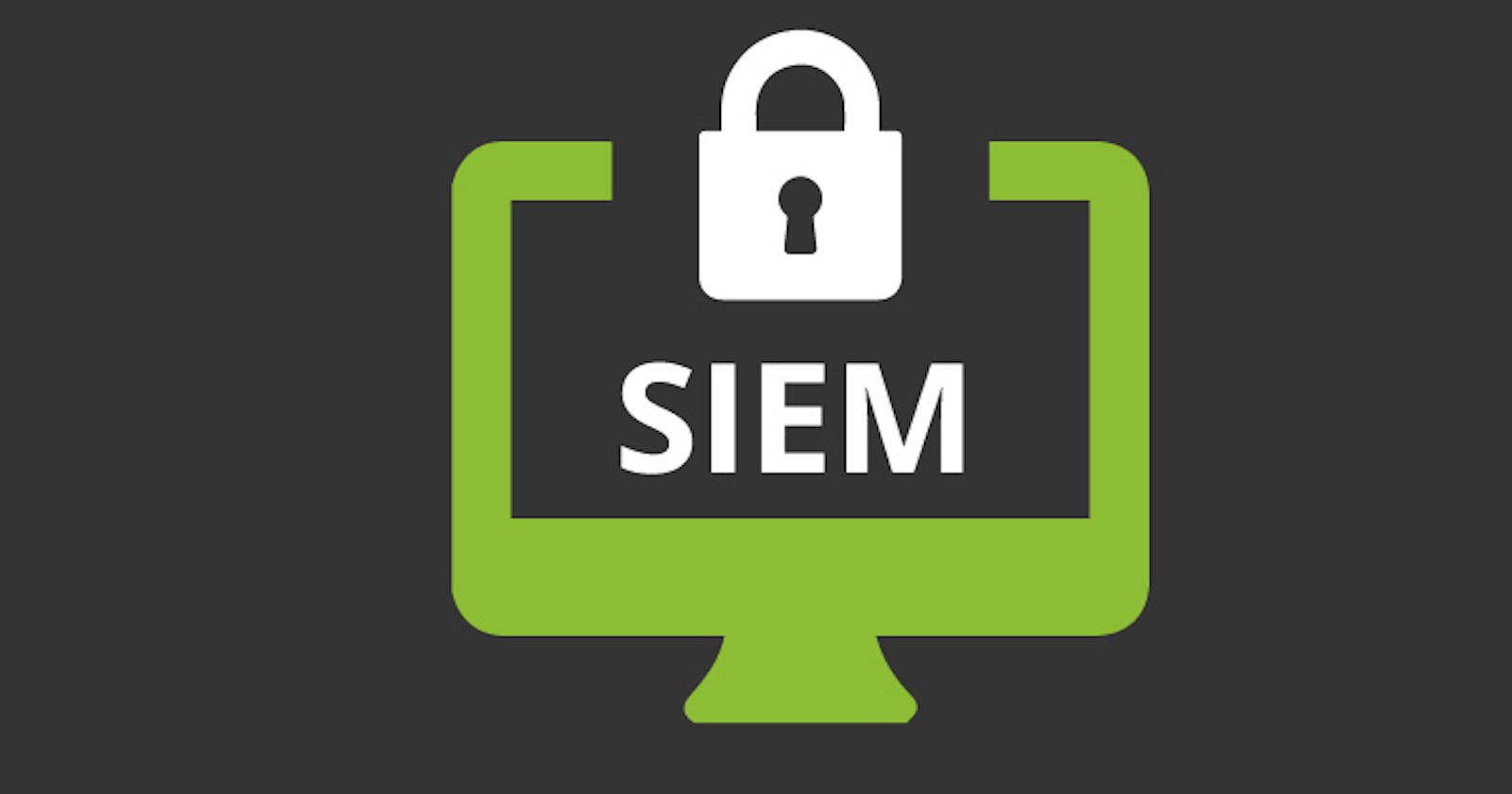Table of contents
No headings in the article.
Introduction: In the realm of cybersecurity, Security Operations Center (SOC) analysts play a critical role in protecting organizations from cyber threats. In this blog, we will delve into two essential tools employed by SOC analysts: SIEM (Security Information and Event Management) and firewalls. By using Splunk as an example for SIEM and CrowdStrike for firewalls, we will explain their purpose, functionality, and their significance in maintaining a secure environment.
Understanding SIEM: The Eyes and Ears of Security
SIEM, an acronym for Security Information and Event Management, is a tool designed to gather and analyze security event logs and data from various sources within an IT infrastructure. It acts as the central nervous system of a SOC, enabling analysts to detect, investigate, and respond to potential security incidents. Let's take a closer look at how SIEM, exemplified by Splunk, operates:
Data Collection: Splunk collects data from numerous sources such as servers, network devices, databases, and applications. These sources generate logs and events, which provide crucial information about the security posture of an organization.
Log Aggregation and Normalization: Splunk aggregates logs from diverse sources, unifying them into a standardized format. This process, known as normalization, allows analysts to compare and correlate events effectively.
Real-time Monitoring: With its powerful search capabilities, Splunk enables real-time monitoring of events. SOC analysts can create custom alerts and rules to notify them when specific activities or patterns of interest occur. This ensures timely response to potential threats.
Threat Detection and Analysis: By employing machine learning algorithms and threat intelligence feeds, Splunk helps SOC analysts identify anomalies and potential security breaches. It detects patterns, trends, and indicators of compromise (IOCs), enabling analysts to investigate further.
Incident Response and Forensics: When a security incident occurs, Splunk facilitates incident response and forensic investigations. Analysts can examine historical data, trace the attack path, and gather evidence for remediation and prevention.
Firewalls: Safeguarding Your Digital Fortress
Firewalls are a fundamental component of network security, acting as a barrier between an internal network and external threats. They monitor and control incoming and outgoing network traffic based on predetermined rules. Let's explore how firewalls, illustrated by CrowdStrike, function:
Traffic Filtering: CrowdStrike's firewall inspects network packets to determine whether they meet the defined security policies. It examines parameters such as source IP address, destination IP address, port numbers, and protocols to allow or block traffic accordingly.
Access Control: Firewalls enforce access control policies, which regulate who can access specific resources within a network. By setting rules, administrators can permit or deny access based on factors like user identity, device type, or network segment.
Intrusion Prevention: Firewalls equipped with intrusion prevention systems (IPS) can identify and block malicious activities in real-time. This includes detecting and stopping known attack patterns, such as port scanning, DDoS attacks, and malware propagation.
VPN and Remote Access: Firewalls often include Virtual Private Network (VPN) capabilities, which allow secure remote access to internal resources. By encrypting traffic and authenticating users, firewalls protect sensitive data while enabling remote connectivity.
Logging and Auditing: Firewalls log network traffic and security events for auditing and analysis purposes. These logs can be invaluable during incident investigations, compliance assessments, or identifying patterns of suspicious behavior.
Conclusion: In this blog, we explored the core concepts of SIEM and firewalls, essential tools for SOC analysts in the cybersecurity field. SIEM tools like Splunk provide real-time monitoring, threat detection, and incident response capabilities. Firewalls, such as CrowdStrike

